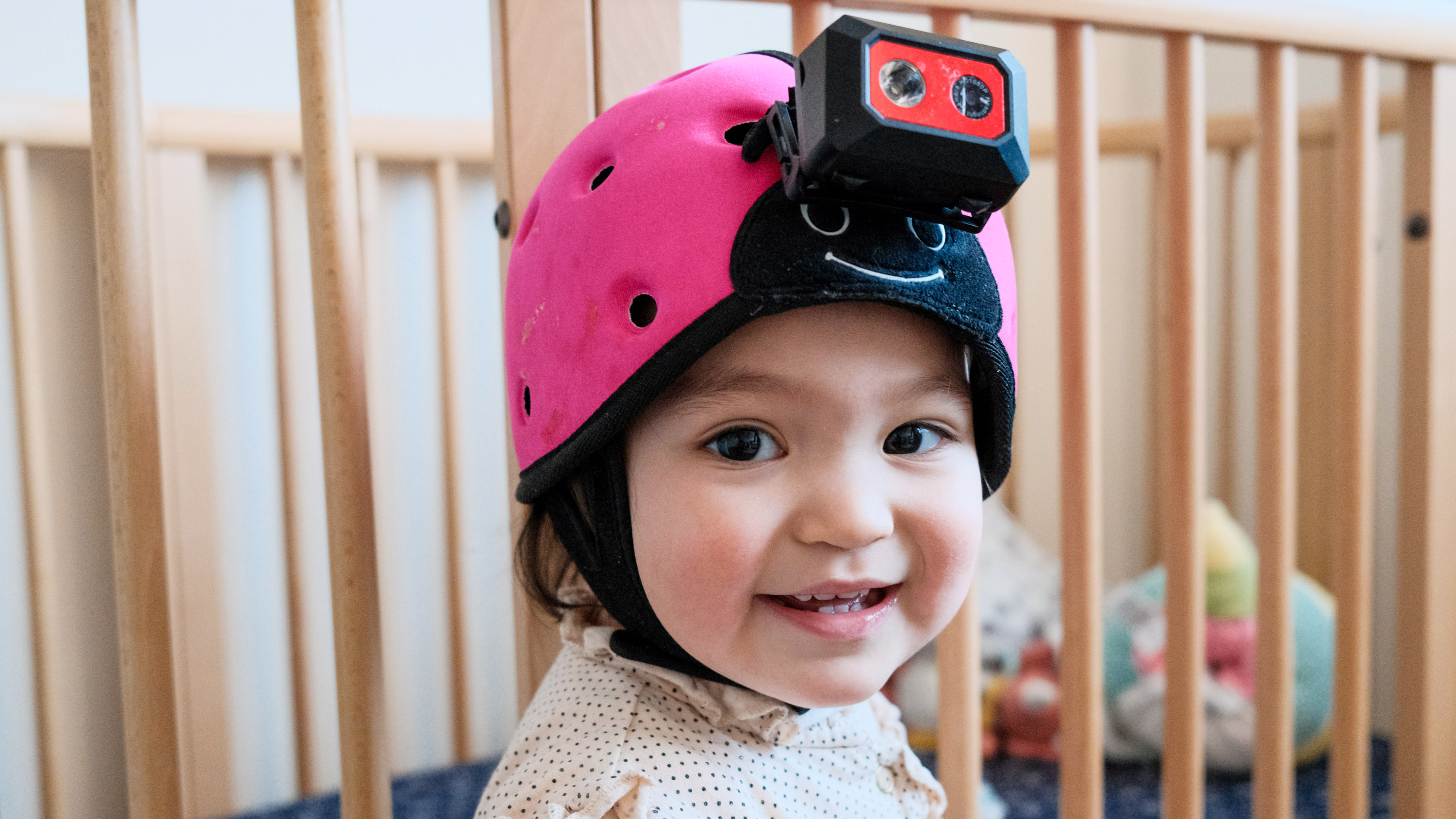But what if an AI could learn like a baby? AI models are trained on vast data sets consisting of billions of data points. Researchers at New York University wanted to see what such models could do when they were trained on a much smaller data set: the sights and sounds experienced by a single child learning to talk. To their surprise, their AI learned a lot—thanks to a curious baby called Sam.
The researchers strapped a camera on Sam’s head, and he wore it off and on for one and a half years, from the time he was six months old until a little after his second birthday. The material he collected allowed the researchers to teach a neural network to match words to the objects they represent, reports Cassandra Willyard in this story. (Worth clicking just for the incredibly cute pictures!)

WAI KEEN VONG
This research is just one example of how babies could take us a step closer to teaching computers to learn like humans—and ultimately build AI systems that are as intelligent as we are. Babies have inspired researchers for years. They are keen observers and excellent learners. Babies also learn through trial and error, and humans keep getting smarter as we learn more about the world. Developmental psychologists say that babies have an intuitive sense of what will happen next. For example, they know that a ball exists even though it is hidden from view, that the ball is solid and won’t suddenly change form, and that it rolls away in a continuous path and can’t suddenly teleport elsewhere.
Researchers at Google DeepMind tried to teach an AI system to have that same sense of “intuitive physics” by training a model that learns how things move by focusing on objects in videos instead of individual pixels. They trained the model on hundreds of thousands of videos to learn how an object behaves. If babies are surprised by something like a ball suddenly flying out of the window, the theory goes, it is because the object is moving in a way that violates the baby’s understanding of physics. The researchers at Google DeepMind managed to get their AI system, too, to show “surprise” when an object moved differently from the way it had learned that objects move.
Yann LeCun, a Turing Prize winner and Meta’s chief AI scientist, has argued that teaching AI systems to observe like children might be the way forward to more intelligent systems. He says humans have a simulation of the world, or a “world model,” in our brains, allowing us to know intuitively that the world is three-dimensional and that objects don’t actually disappear when they go out of view. It lets us predict where a bouncing ball or a speeding bike will be in a few seconds’ time. He’s busy building entirely new architectures for AI that take inspiration from how humans learn. We covered his big bet for the future of AI here.
The AI systems of today excel at narrow tasks, such as playing chess or generating text that sounds like something written by a human. But compared with the human brain—the most powerful machine we know of—these systems are brittle. They lack the sort of common sense that would allow them to operate seamlessly in a messy world, do more sophisticated reasoning, and be more helpful to humans. Studying how babies learn could help us unlock those abilities.
Deeper Learning
This robot can tidy a room without any help
Robots are good at certain tasks. They’re great at picking up and moving objects, for example, and they’re even getting better at cooking. But while robots may easily complete tasks like these in a laboratory, getting them to work in an unfamiliar environment where there’s little data available is a real challenge.
